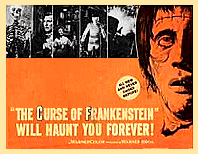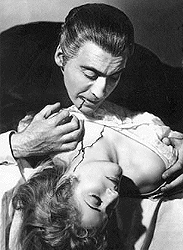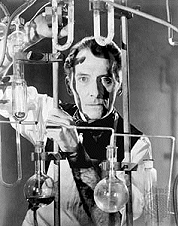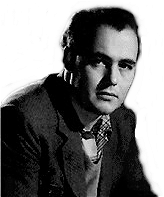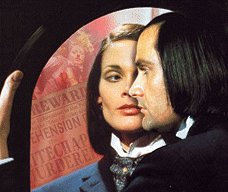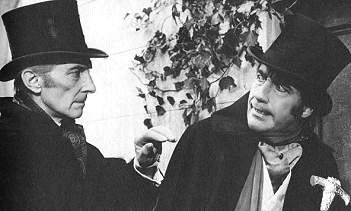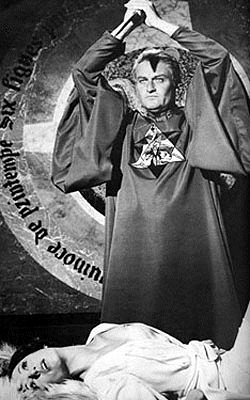 |
by
Bill Harry
|
Vivid colour, gothic settings, gore, girls and a team of actors including
Peter Cushing and Christopher Lee were among the ingredients which saw
a small British film studio take over the crown from Universal as master
of the horror genre and reign supreme throughout the Sixties.
The origin of Hammer dates right back to 1913 when Enrique Carreras bought a cinema in London. He was to team up with William Hinds (who changed his name to Will Hammer) in a distribution company in 1935 and they began producing films until the war years intervened. In 1947 they resumed filming and began production at Bray Studios in 1948.
A number of the films were based on popular radio shows of the time and they later began to look into the source material found on television.
The origin of Hammer dates right back to 1913 when Enrique Carreras bought a cinema in London. He was to team up with William Hinds (who changed his name to Will Hammer) in a distribution company in 1935 and they began producing films until the war years intervened. In 1947 they resumed filming and began production at Bray Studios in 1948.
A number of the films were based on popular radio shows of the time and they later began to look into the source material found on television.


